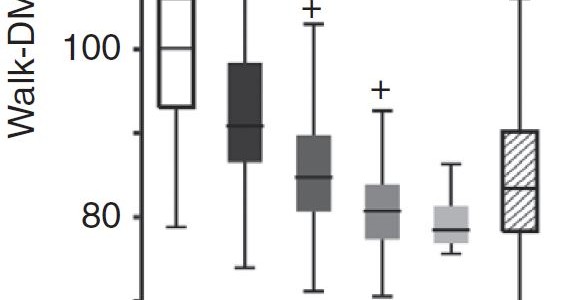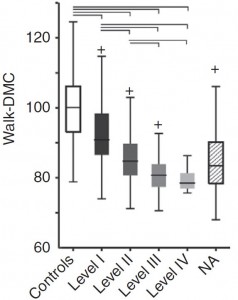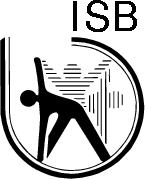Peer-reviewed paper at IEEE Engineering in Medicine & Biology Annual Conference:
Can we estimate upper-extremity force production from electrocorticographic recordings?
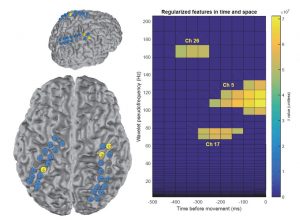 Abstract: Neural correlates of movement planning onset and direction may be present in human electrocorticography in the signal dynamics of both motor and non-motor cortical regions. We use a three-stage model of jPCA reduced-rank hidden Markov model (jPCA-RR-HMM), regularized shrunken-centroid discriminant analysis (RDA), and LASSO regression to extract direction-sensitive planning information and movement onset in an upper-limb 3D isometric force task in a human subject. This mode achieves a relatively high true positive force-onset prediction rate of 60% within 250ms, and an above-chance 36% accuracy (17% chance) in predicting one of six planned 3D directions of isometric force using pre-movement signals. We also find direction-distinguishing information up to 400ms before force onset in the pre-movement signals, captured by electrodes placed over the limb-ipsilateral dorsal premotor regions. This approach can contribute to more accurate decoding of higher-level movement goals, at earlier timescales, and inform sensor placement. Our results also contribute to further understanding of the spatiotemporal features of human motor planning.
Abstract: Neural correlates of movement planning onset and direction may be present in human electrocorticography in the signal dynamics of both motor and non-motor cortical regions. We use a three-stage model of jPCA reduced-rank hidden Markov model (jPCA-RR-HMM), regularized shrunken-centroid discriminant analysis (RDA), and LASSO regression to extract direction-sensitive planning information and movement onset in an upper-limb 3D isometric force task in a human subject. This mode achieves a relatively high true positive force-onset prediction rate of 60% within 250ms, and an above-chance 36% accuracy (17% chance) in predicting one of six planned 3D directions of isometric force using pre-movement signals. We also find direction-distinguishing information up to 400ms before force onset in the pre-movement signals, captured by electrodes placed over the limb-ipsilateral dorsal premotor regions. This approach can contribute to more accurate decoding of higher-level movement goals, at earlier timescales, and inform sensor placement. Our results also contribute to further understanding of the spatiotemporal features of human motor planning.

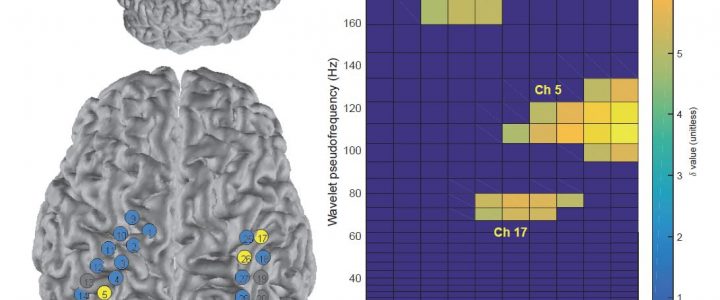
 The Ability & Innovation Lab is excited to announce that two of our recent grant proposals have been funded! This funding will help to accelerate our mission to improve movement for individuals with neurologic disorders.
The Ability & Innovation Lab is excited to announce that two of our recent grant proposals have been funded! This funding will help to accelerate our mission to improve movement for individuals with neurologic disorders.